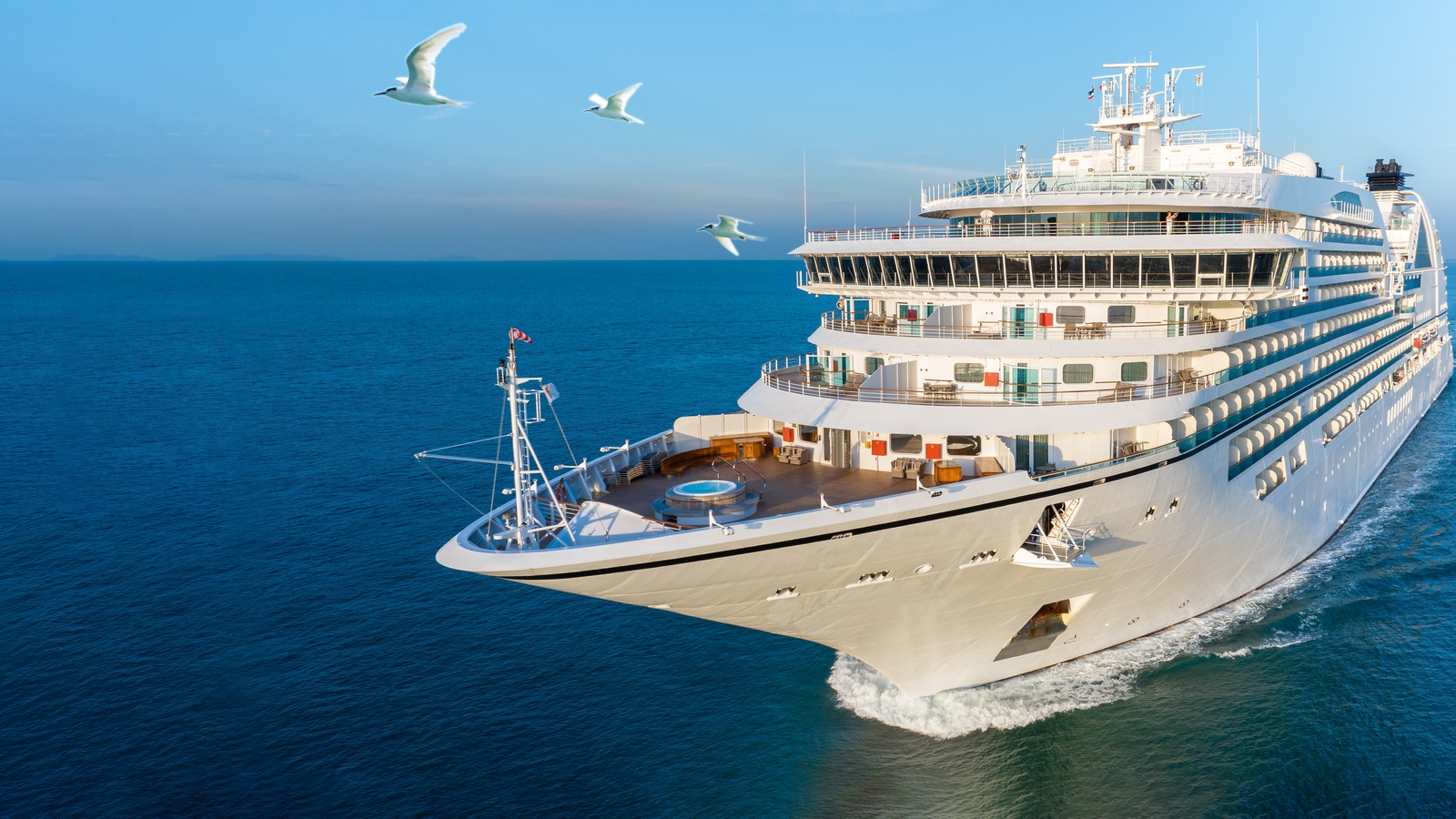Table Of Content

On the other hand, if you are boarding a domestic cruise in a country where you do not hold citizenship, you will need to bring your passport. The Caribbean is one of the most popular cruise destinations for U.S. travelers. But before you book a trip, knowing which travel documents are required and whether you need a passport is essential.
Travel news, tips & inspiration from Skyscanner
And, because a passport card is less bulky (it’s similar in size to a driver’s license), it’s easier to carry more securely than a passport book. However, a passport card is only valid for land and sea border crossings between the U.S., Canada, Mexico, Bermuda, and the Caribbean. A passport book may be required in foreign ports on your itinerary and is mandatory for international flights (in case of an emergency). Therefore, a valid passport book is the most recommended and dependable form of identification in all cases of cruise travel. Regardless of your chosen cruise line, the key to a smooth and hassle-free voyage lies in understanding and compliance with the travel document requirements and U.S. passport policies of your chosen cruise line.

Other closed-loop cruises
For closed-loop cruises originating and terminating in the U.S., citizens can often use a government-issued birth certificate combined with a photo ID. But when considering the benefits, it’s evident that possessing one amplifies the cruise experience. It offers freedom, security, and a tangible connection to the world beyond the ship’s deck. While some countries may accept other forms of ID for entry or specific activities, a passport is universally recognized.
For non-U.S. citizens
Cruises early or late in the season might be only four or five nights, and trips departing from LA are usually 14 nights. If your cruise is listed as domestic, you will not need a passport, as you will not be disembarking into a foreign country during the voyage. Instead, you will be boarding the ship in a domestic port and returning to a domestic port, even if they are not the same. You also will need a passport for any shore excursions that cross a land or sea border into a foreign country.
Travel Documents: Do You Need a Passport to go on a Cruise To and From Foreign Ports?
Passports are required for all travelers, including citizens of the U.S. and Canada, who enter or re-enter the United States by air, land, or sea. Passport expediters are professionals who specialize in speeding up the passport application process. They help group travelers get their passports quickly and efficiently, making them a valuable resource for those traveling on short notice or those who wish to avoid the complexities of the passport process. A reliable passport courier can manage the logistical challenges and multiple appointments required for obtaining numerous passports on a tight schedule.
Wait for Processing

Open-loop cruises are voyages that start from one port and conclude in another, different port. This could mean setting sail from Los Angeles, California, and finishing your cruise in Tokyo, Japan, or beginning in Barcelona, Spain, and disembarking in Rome, Italy. Closed-loop cruises are voyages that begin and end at the same port within a single country.
Photocopies of important documents
Destinations You Can Visit Without a Passport on Major Cruises - Business Insider
Destinations You Can Visit Without a Passport on Major Cruises.
Posted: Wed, 19 Jul 2023 07:00:00 GMT [source]
It’s evident that all cruise lines strongly advise guests to carry a valid passport during their voyage, as passports are the most dependable form of identification. They are also necessary for entry into destination countries and in case you need to fly back to the United States. By being well-prepared and knowledgeable about these specific guidelines, you can ensure a smooth sailing experience on your ocean adventure. Cruise passport requirements vary depending on the type of cruise you take as well as where the cruise will be sailing. The passport book is more expensive, but meets more of the cruise passport requirements for a larger set of destinations and circumstances, including air travel in case of an emergency. Keep in mind that cruise passport requirements can change based on shore excursions, too.
Each cruise line has specific guidelines to ensure guests can enjoy a smooth, enjoyable journey and make the most of their travel itineraries. The need for a passport during cruise travel is primarily determined by the nature of the cruise— specifically, whether it’s a closed-loop or open-loop cruise. Always check with your cruise line and the countries on your itinerary to understand the specific requirements. Regardless of what the minimum requirements are for travel, we highly recommend everyone get a passport.
If you take closed loop cruises (meaning your trip begins and ends at a U.S. port), you can sail to a variety of dreamy destinations as a U.S. citizen without a passport. For closed-loop cruises, guests of all ages do not typically need a passport to travel. However, valid passports are required for open-loop cruises and international cruises that stop at ports outside the United States, Canada, Mexico, and the Caribbean.
Right at the top of that list should be your mandatory forms of proper identification. Embarking on a cruise is an increasingly popular way to enjoy a luxury vacation and visit different destinations. Before you board your ship and set out on a new adventure, find out what forms of identification are necessary. If you’re looking for a different kind of cruise, explore parts of New England and Canada with New York City as an exciting starting and ending point.
It’s your global ID, reducing the need to carry or present multiple documents. These cruises not only provide a richer travel experience but also necessitate careful attention to entry and exit requirements for multiple countries. Mexico's Caribbean and Pacific coasts are both accessible to cruisers who do not hold passports. If you want to visit Mexico's eastern shores, you can find three- to 15-night cruises to Costa Maya, Cozumel and Progreso.
The concern without having a passport is if an emergency occurs, only an official passport will allow you to easily and quickly fly from a foreign port to another port and/or back home. You should check the passport requirements for any port you are visiting, as sometimes there can be a port that requires a passport to visit even if you do not need a passport to return to the United States. No matter which documents you bring, it's a smart idea to take copies of them (either paper ones or photos on your phone) when you leave the ship, in case something happens while you're ashore. Always carry some type of photo identification, like a driver's license, when you head into port.

No comments:
Post a Comment